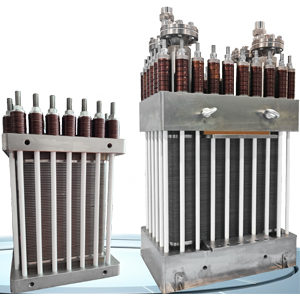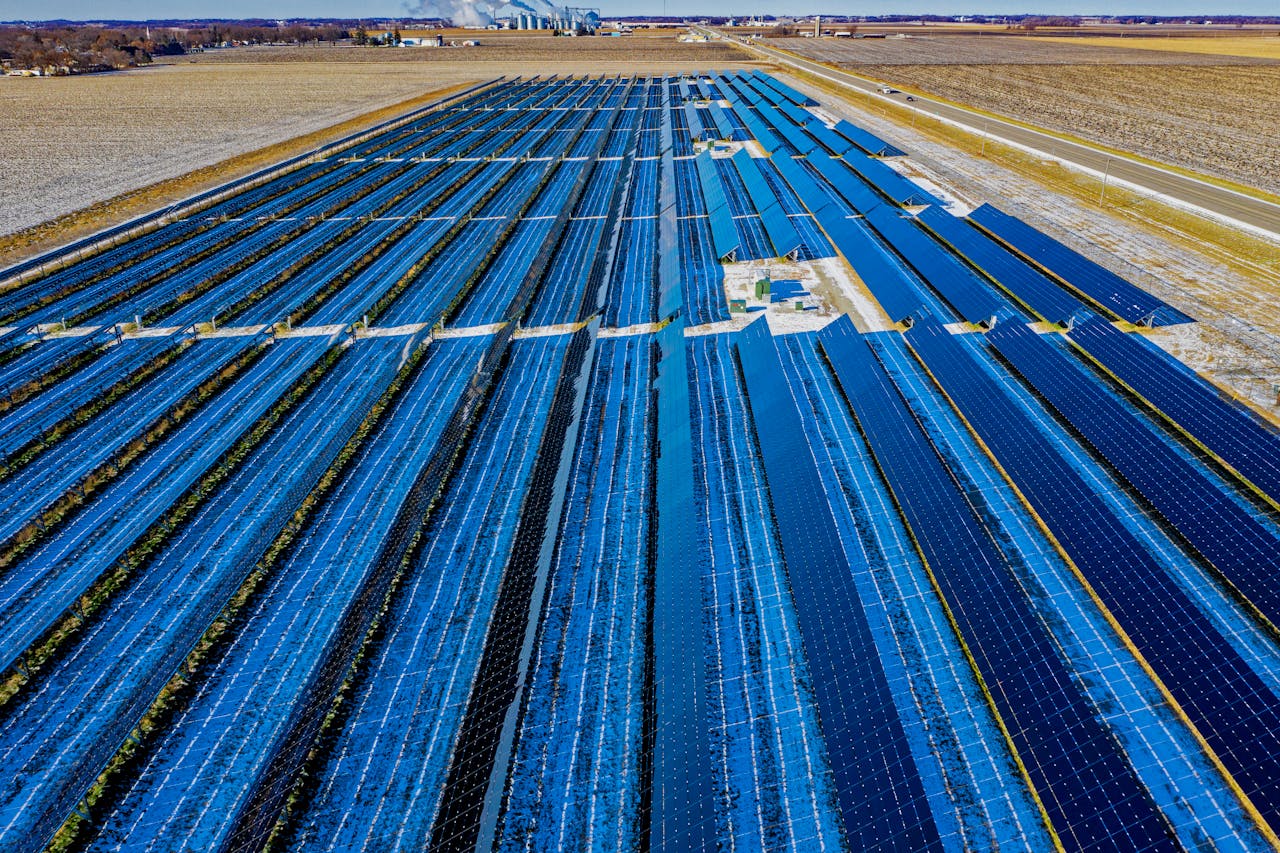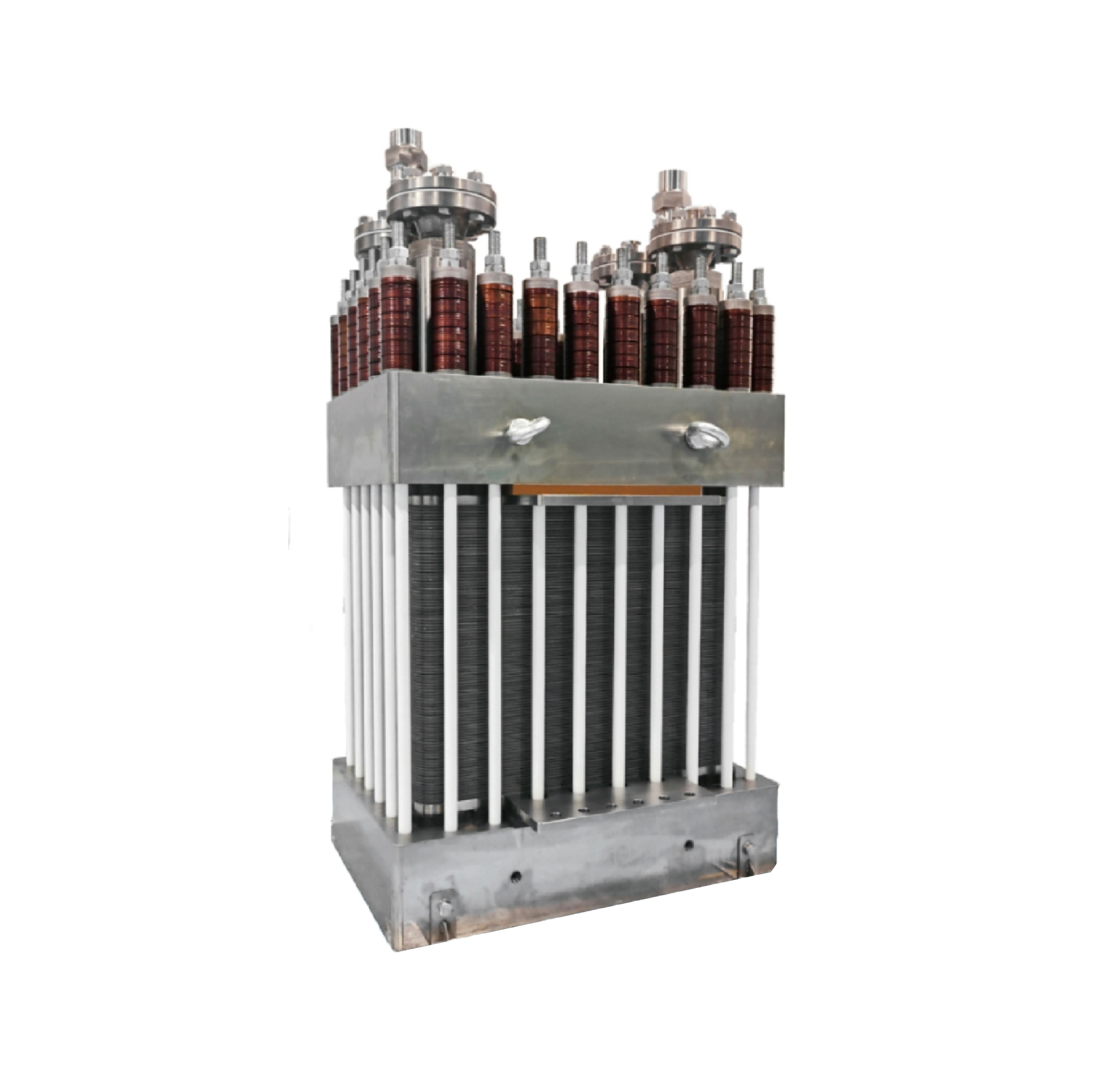Introduction
Microporous composite felts are advanced materials with unique properties. They are engineered for specific industrial applications. Their structure and composition make them vital in various sectors. This article explores their characteristics, applications, and benefits.
Composition and Structure
Microporous composite felts are made from a blend of fibers. These fibers include synthetic and natural materials. The composite structure enhances their performance. The microporous nature allows for controlled permeability. This is crucial for applications requiring filtration or insulation.
Manufacturing Process
The manufacturing process involves several steps. First, raw materials are selected based on desired properties. These materials are then blended to form a homogenous mixture. The mixture undergoes a felting process to create a stable structure. Advanced techniques ensure uniform porosity throughout the material.
Key Properties
Microporous composite felts have several key properties. They offer excellent thermal insulation due to their low thermal conductivity. Their microporous structure allows for efficient filtration. They are lightweight yet durable, making them ideal for demanding environments. Additionally, they are resistant to chemical degradation.
Applications in Filtration
One of the primary applications is in filtration systems. Their microporous structure effectively traps particles. This makes them suitable for air and liquid filtration. They are used in industries like pharmaceuticals and food processing. Their ability to maintain performance under high pressure is crucial.
Role in Thermal Insulation
Microporous composite felts are also used for thermal insulation. Their low thermal conductivity reduces heat transfer. This property is valuable in construction and automotive industries. They help maintain energy efficiency by minimizing heat loss.
Use in Protective Clothing
These felts are used in protective clothing manufacturing. Their lightweight nature provides comfort without compromising safety. They offer protection against extreme temperatures and chemical exposure. Industries like firefighting and hazardous material handling benefit from these properties.
Environmental Benefits
Microporous composite felts contribute to environmental sustainability. They can be manufactured from recycled materials. Their durability reduces the need for frequent replacements. This leads to less waste generation over time.
Challenges in Production
Despite their advantages, production poses challenges. Ensuring uniform porosity requires precise control during manufacturing. Maintaining consistency across batches is crucial for quality assurance. Innovations in production techniques continue to address these challenges.
Future Developments
Research is ongoing to enhance their properties further. Scientists are exploring new fiber combinations for improved performance. There is a focus on increasing their biodegradability without compromising durability. Future developments aim to expand their applications even further.
Conclusion
Microporous composite felts are versatile materials with numerous applications. Their unique properties make them indispensable in various industries. As technology advances, their role will likely expand further. Understanding their benefits and challenges is essential for maximizing their potential.







